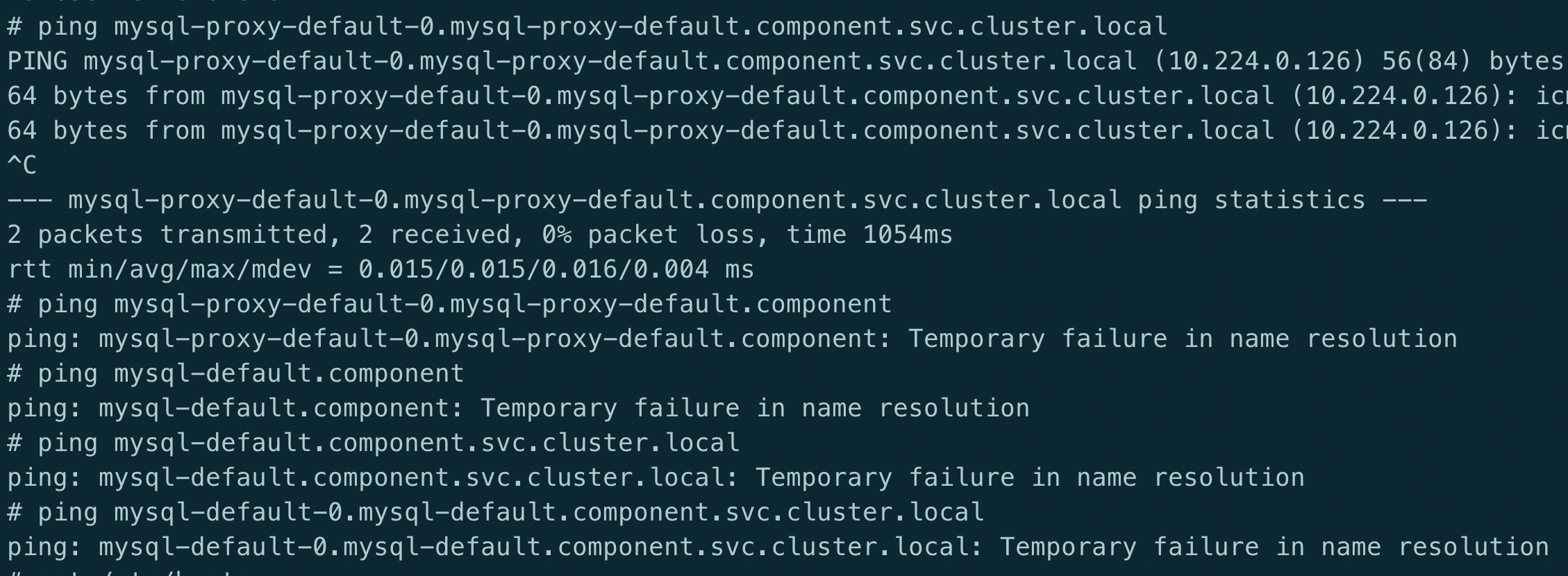


Obviously, you may need a larger value than 2Mi. Then Kubernetes will evict your Pod if its actual usage exceeds the configured sizeLimit. If you specify your emptyDir like this: volumes: - name: www-content emptyDir: sizeLimit: 2Mi

You should also strongly consider specifying a sizeLimit on emptyDirs. If you don’t clean up after yourself, you will likely be wasting your company’s money and your application may be unstable as a result. What cleaning up looks like will vary depending on your specific use-case. In the case of a log-handling sidecar, “cleaning up” might be making sure that logs are being rotated, compressing logs older than x days, copying logs older than y days to a secondary location like an S3 bucket and then deleting them would likely be appropriate.
#The node was low on resource ephemeral storage full#
It doesn’t really matter exactly where the files are written to - any filesystem can fill up, and when filesystems get full bad things usually happen. Depending on your Kubernetes platform, you may not be able to easily determine where these files are being written, but rest assured that disk is being consumed somewhere (or worse, memory - depending on the specific configuration of your emptyDir and/or Kubernetes platform). In my experience, somewhere has generally tended to be /var/lib/kubelet/pods//volumes/kubernetes.io~empty-dir//… on the underlying worker node, but that may vary depending on your specific configuration. And capacity of that somewhere is probably not infinite! Just as you don’t want your home or business to have room after room filled with boxes full of junk you’ll never use, you also don’t want to have your Kubernetes cluster filled with endless amounts of junk files. The general format of this command is: kubectl delete pvc įor example: kubectl delete pvc data-demo-mi-0 -n arcĮach of these kubectl commands will confirm the successful deleting of the PVC.Writing files to an emptyDir will consume disk somewhere. Logs-demo-mi-0 Bound pvc-11836e5e-63e5-4620-a6ba-d74f7a916db4 5Gi RWO managed-premium 13hĭelete the data and log PVCs for each of the SQL Managed Instances you deleted. NAME STATUS VOLUME CAPACITY ACCESS MODES STORAGECLASS AGEĭata-demo-mi-0 Bound pvc-1030df34-4b0d-4148-8986-4e4c20660cc4 5Gi RWO managed-premium 13h In the example below, notice the PVCs for the SQL Managed Instances you deleted.

You can see messages in the logs similar to: You might not be able to run commands like az arcdata dc export because the controller pods were evicted from the Kubernetes nodes due to storage issues (normal Kubernetes behavior). For example, you might be unable to create, read, update, or delete resources from the Kubernetes API. However, if you don't reclaim these PVCs, you'll eventually end up with errors in your Kubernetes cluster. Deleting PVCs is recommended but it isn't mandatory. Indirectly connected mode: az sql mi-arc delete -name -k8s-namespace -use-k8sĮxample output: # az sql mi-arc delete -name demo-mi -k8s-namespace -use-k8sĭirectly connected mode: az sql mi-arc delete -name -resource-group Įxample output: # az sql mi-arc delete -name demo-mi -resource-group my-rgĪ Persistent Volume Claim (PVC) is a request for storage by a user from a Kubernetes cluster while creating and adding storage to a SQL Managed Instance. Optionally, after deleting managed instances, you can reclaim associated Kubernetes persistent volume claims (PVCs).įind existing Azure Arc-enabled SQL Managed Instances: az sql mi-arc list -k8s-namespace -use-k8sĮxample output: Name Replicas ServerEndpoint Stateĭelete the SQL Managed Instance, run one of the commands appropriate for your deployment type: In this how-to guide, you'll find and then delete an Azure Arc-enabled SQL Managed Instance.


 0 kommentar(er)
0 kommentar(er)
